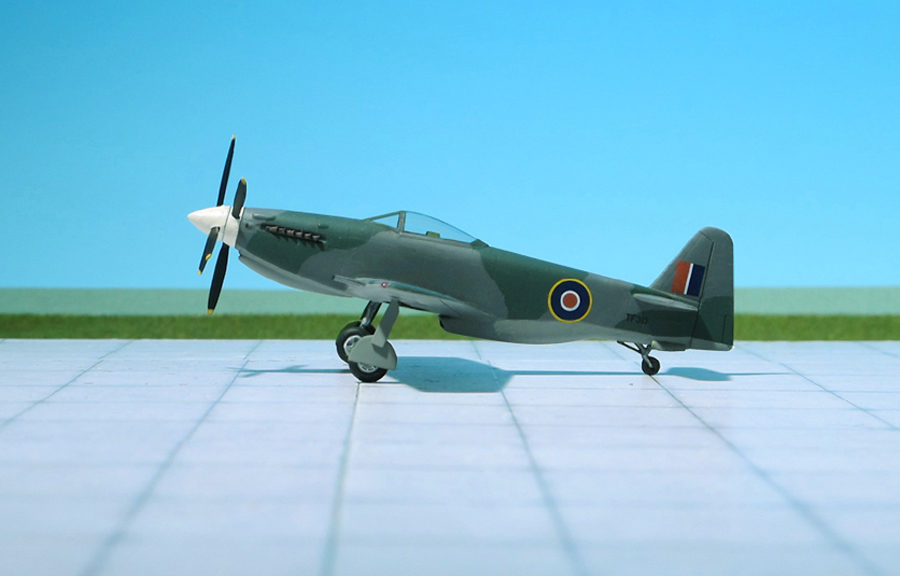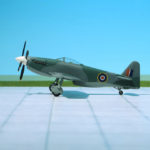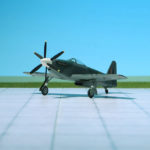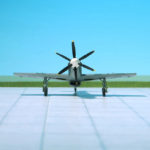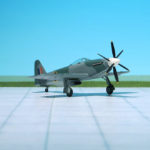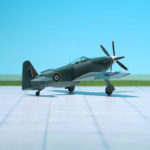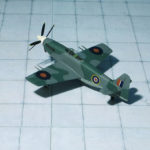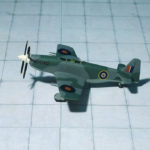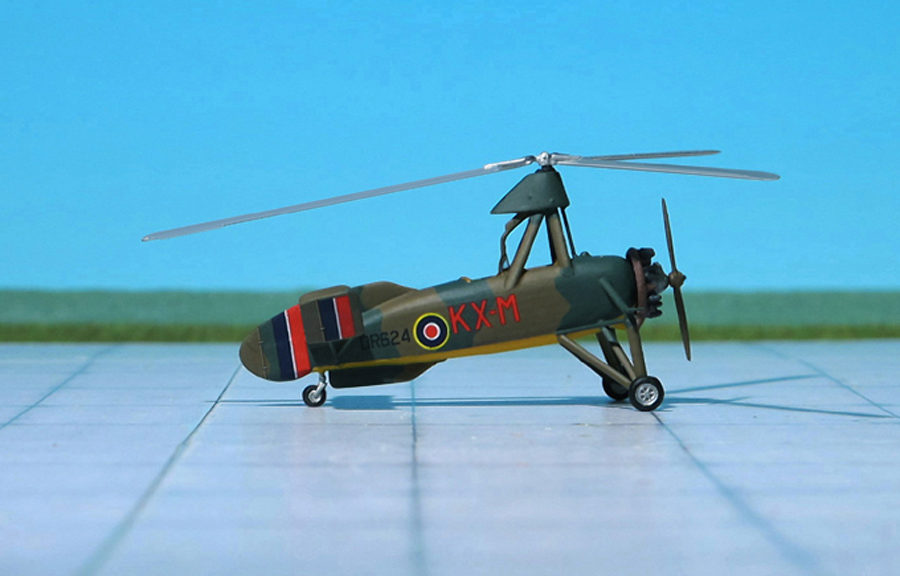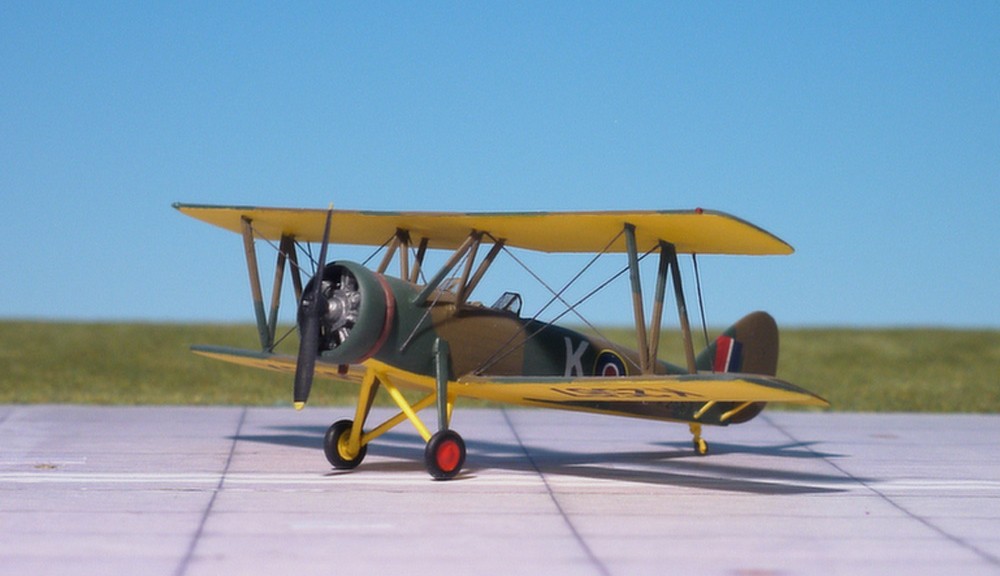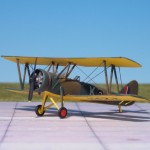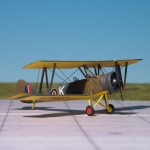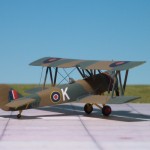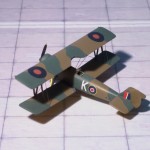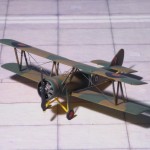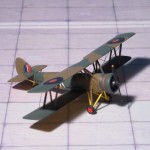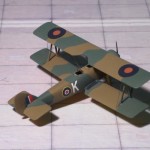TYPE: Projected trainer for MB 5
ACCOMMODATION: Pilot and Student
POWER PLANT: One Rolls-Royce Griffon 83 liquid-cooled engine, rates at 2,340 hp, driving three-bladed contra-rotating propeller
PERFORMANCE: 460 mph at 20,000 ft (estimated)
COMMENT: There are some speculations concerning the existence of a further development of the British Martin-Baker MB 5. This latter was the ultimate development of a series of prototype fighter aircraft built during the WW II. But neither the MB 5 nor its predecessor Martin-Baker MB 3 ever entered production, despite what test pilots described as excellent performance.
The Martin-Baker MB 6 was designed as a two-seat variant of the MB 5 to be used as night fighter or as a trainer version for the MB 5. All dimensions as well as engine, two three-bladed contra-rotating propellers were similar to the original prototype. A second seat for the instructor was positioned behind the student’s seat and an elongated canopy covered the cockpit.
However, it is uncertain whether the Martin-Baker MB 6 really was designed nor whether the aircraft was named Sky- or Night Ferret.
Although the Martin-Baker MB 5 was considered as a superlative piston-engined fighter, better in many ways than the British Supermarine Spitfire or the US North-American Mustang, no orders for serial production were placed. Possibly, Martin-Baker may have lacked both facilities and sufficient government support to engage in large production numbers. The company’s slow progress with the machine could have been due to a lack of facilities. Instead, the RAF directed their attention towards the incoming turbojet-powered fighters and in fact, some postwar informations hypothesise the existence of a Martin-Baker MB 6 project of a tailless, deltawing configurated and turbojet-powerded aircraft. No further details are known (Ref.: 24).
